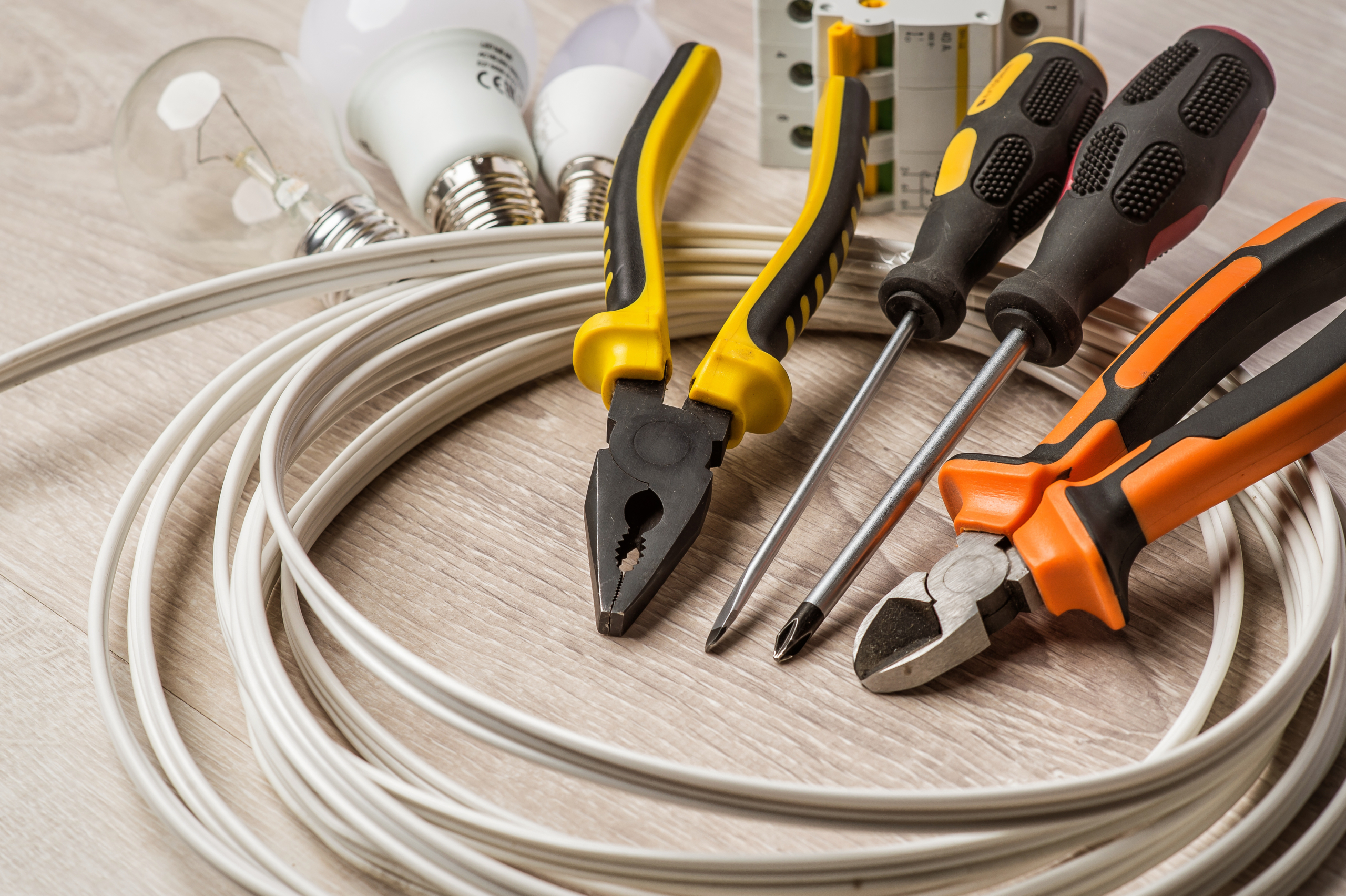Trusted and Specialist BRE Electrical Services for every single Job
Trusted and Specialist BRE Electrical Services for every single Job
Blog Article
The Ultimate Overview to Electrical Installation: Tips and Strategies for a Safe and Effective Home Wiring System
In the realm of home maintenance, few elements are as vital yet commonly overlooked as the electric circuitry system. By checking out the nuances of electric security procedures and energy-saving methods, this detailed guide will shed light on the intricacies of home wiring, empowering individuals to take charge of their household's electrical infrastructure.
Comprehending Electric Precaution
To make sure the safety and security of both people and residential or commercial property, understanding and applying proper electrical security steps is critical in any type of home circuitry project. Power is a powerful force that can be hazardous if not taken care of with caution. One of the basic security measures is ensuring that all electric work is executed by certified experts who comply with local building regulations and guidelines. It is critical to conduct a detailed evaluation of the electric system before beginning any kind of wiring task to identify possible hazards or problems that need to be resolved.
In addition, utilizing the suitable devices and devices is necessary for keeping security throughout electric installments. Insulated gloves, voltage testers, and protective glasses are several of the basic security gear that need to be worn to avoid electrical shocks or accidents. It is additionally important to de-energize circuits before servicing them and to identify all circuits and breakers plainly to stay clear of complication.
.jpeg)
Essential Tools for Home Electrical Wiring
Making certain the appropriate application of electrical safety and security actions in home wiring tasks entails using a details set of vital tools developed to help with the installation process successfully and securely. Some of the secret devices required for home electrical wiring tasks include a voltage tester for inspecting real-time wires, cable strippers for getting rid of insulation from cables, a wire cutter for specifically cutting cables to size, a screwdriver set for securing electric elements, electrical tape for insulation and safeguarding links, a wire ripper for stripping wire sheathing, and a multimeter for measuring voltage, current, and resistance.
Step-by-Step Electrical Installation Overview
Beginning an electrical setup task requires precise preparation and adherence to security guidelines. Before starting any kind of work, ensure you have an in-depth strategy detailing the design of the electrical system, including the positioning of electrical outlets, buttons, and components. Take into account the power demands of each tool to figure out the proper cord gauge and breaker sizes.
The initial step in BRE Services the installment process is to shut off the power supply to the location where you will be functioning. Use a voltage tester to confirm that the circuits are de-energized prior to touching any kind of wires. Next off, carefully remove existing components or outlets and separate the cords.
When installing brand-new electrical wiring, run cable televisions via walls and ceilings, securing them in position with appropriate installations. Adhere to neighborhood building regulations and manufacturer directions for appropriate cord installation and connections. BRE Automation Australia. Make certain to classify cords for simple recognition and future upkeep

Troubleshooting Common Wiring Issues
Having actually finished the setup process as outlined in the previous subtopic, troubleshooting common wiring concerns is an essential ability for ensuring the safety and security and performance of your electric system. To address this, check and tighten up all wire links in the influenced fixtures and buttons and redistribute the lots on the circuit to balance the electric demand. Frequently checking and promptly attending to these usual wiring issues will preserve the safety and security and efficiency of your home electrical system.
Tips for Energy-saving Electric Equipments
For optimal power effectiveness in electric systems, executing wise practices and using energy-saving modern technologies is critical. One vital idea for attaining an energy-efficient electric system is to update to LED illumination. LED light bulbs consume significantly much less energy than standard incandescent light bulbs and have a longer lifespan, making them a cost-efficient choice in the lengthy run. Additionally, setting up programmable thermostats can assist regulate home heating and cooling down systems, lowering power waste when nobody is home. One more technique is to buy energy-efficient appliances that are power celebrity accredited, ensuring they meet high standards for power efficiency. Correct insulation and securing of home windows, doors, and electric outlets can additionally protect against power loss, ultimately reducing the workload on electric systems. Think about incorporating renewable power sources like solar panels to further reduction reliance on traditional power grids. By incorporating these energy-efficient tips and technologies, property owners can not only conserve cash on their electrical power bills but also decrease their ecological influence.
Conclusion
To conclude, executing proper safety and security procedures, using important devices, following a step-by-step installment overview, troubleshooting common concerns, and incorporating energy-efficient pointers are crucial for a safe and reliable home wiring system. By sticking to these practices, property owners can make certain the longevity and functionality of their electrical setups. It is very important to prioritize safety and efficiency when it pertains to electric work in order to stop prospective hazards and to maintain a trusted electrical system in the home.
Report this page